We have been wondering about the food around here. Portion sizes are large, and everything has dozens of courses. My stomach often feels overfull after meals, and people press food on you relentlessly. It's not as though they don't eat a lot themselves, either. The teeniest ladies, if you watch them at meals, pack away a quart of soup, two dozen sushi rolls, a salad, and a tiramisu without blinking. This ramen shop was no exception. We were offered bowls of rice along with the ramen, but couldn't imagine cramming it in our bodies. "No rice?" asked the waitress incredulously. Nope.
In a shawl of wind, we walked across the river. A white egret fed in the shallow water, but we bustled on and around to the Miyagi Art Museum. It's very seventies looking, with cement and ceramic brick. You search for the exhibits. The special exhibit was of a man who worked in oils and pencil. In some ways his works reminded me of my grandfather's, but his sensibility is a bit autistic. Every object gets the exact same amount of attention, and groups of objects sit separately. Very unsettling.
The permanent exhibit has some good Kandinskys but all in all, not a place I need to return to.
We rushed back to greet Susan before her concert. She was in a dressing room, vigorous and bubbling, and everyone plied her with food and good wishes.
The performance was electrifying. I listened to her CD a few months ago, and found it too sweet to hold my interest, but this was certainly not the case with a live performance. Her personality is huge, and she holds the audience's emotions captive for the entire hour. The lady next to me wept. Afterwards, almost the entire audience bought her new CD and lined up to lean at her, hold her hand, and tell her how much she had moved them. It was amazing to be a part of that.
We met afterwards at a Chinese restaurant that was reserved just for us, maybe 12 people. It was a noisy, hilarious meal, with Susan telling stories, and other people feeding her lines just to experience her personality once again. One of the couples there said that they had been so inspired by a few of her songs which talked about the importance of listening to love when you find it, that they decided to get married. "When?" asked Susan. They consulted, poked each other, giggled, consulted again, and finally said, "June? You think June would be good?"
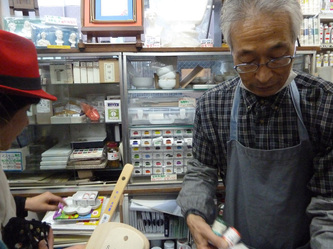
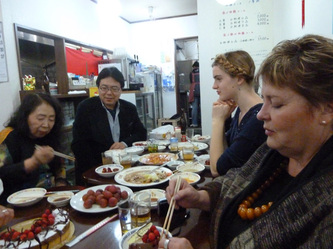
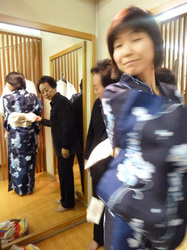
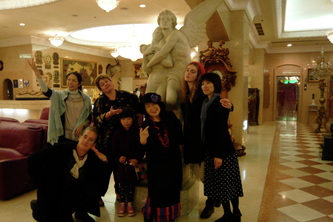
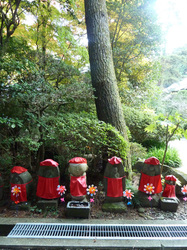
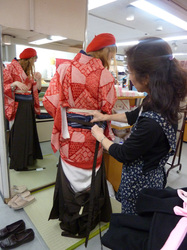
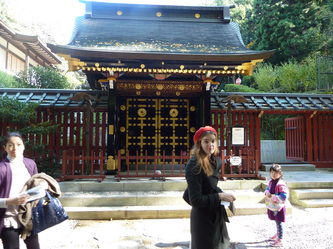
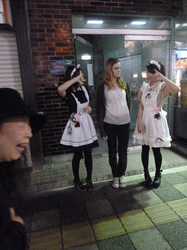
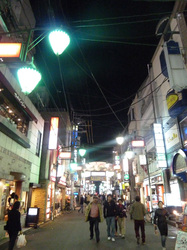
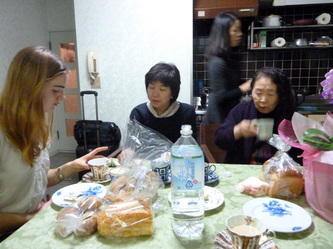
 RSS Feed
RSS Feed
